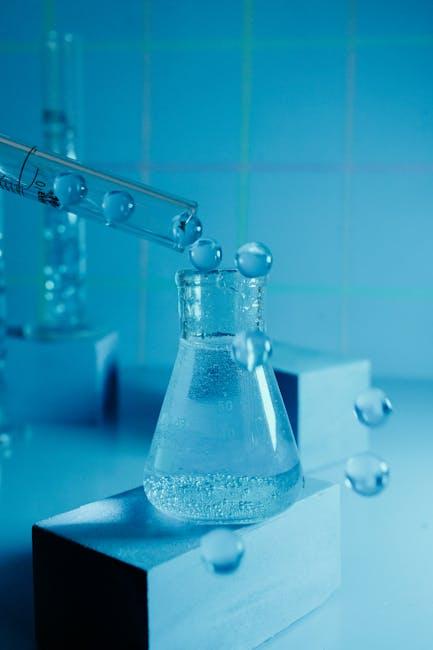
What Could Saliva Testing Mean for Dentistry? – American Dental Association
Saliva testing is rapidly emerging as a revolutionary tool in the field of dentistry. Supported by the American Dental Association (ADA), this innovative diagnostic method promises to transform dental care by enhancing early detection, personalizing treatments, and improving patient outcomes. But what exactly does saliva testing mean for dentistry, and how can both dental professionals and patients benefit? In this comprehensive article, we’ll explore the cutting-edge implications, benefits, challenges, and practical tips associated with saliva testing in dental health.
The Rise of Saliva Testing in Dentistry
Saliva, often called “nature’s diagnostic fluid,” contains a wealth of information about our oral and systemic health. Unlike blood tests, saliva collection is non-invasive, painless, and easy to perform, making it an appealing option for routine dental screening. According to the American Dental Association, saliva testing can detect biomarkers linked to various dental conditions, infections, and even systemic diseases such as diabetes and cardiovascular illnesses.
How Does Saliva Testing Work?
Saliva testing analyzes components found in the saliva, including:
- Enzymes and proteins
- Hormones
- Antibodies
- Microbial DNA
- Genetic markers
These biomarkers provide insight into inflammation, bacterial activity (such as Streptococcus mutans linked to tooth decay), viral infections, and more.
Key Benefits of Saliva Testing in Dentistry
Incorporating saliva testing into dental practices offers numerous advantages that align with the ADA’s mission to promote oral health:
- Early Disease Detection: Identify oral diseases such as periodontal disease and caries before significant symptoms appear.
- Non-Invasive & Patient-Friendly: Eliminates discomfort associated with blood draws or biopsies, facilitating greater patient compliance.
- Personalized Treatment Plans: Tailor dental interventions based on individual microbial and genetic profiles.
- Monitoring Treatment Efficacy: Track patient response to therapies for oral diseases in real-time.
- Systemic Health Insights: Detect markers linked to diabetes, cancer, or immune disorders, bridging the gap between oral and overall health.
Practical Tips for Dental Professionals on Saliva Testing
If you’re a dentist or dental hygienist considering the adoption of saliva testing, here are some practical tips:
- Understand Test Types and Technologies: Familiarize yourself with available saliva test kits—some focus on microbial analysis, while others assess hormonal or genetic markers.
- Train Your Staff: Proper training ensures accurate saliva collection and handling, maximizing test reliability.
- Educate Patients: Explain the benefits and procedure to patients to boost acceptance and trust.
- Integrate with Existing Records: Use test results alongside traditional diagnostics like X-rays and clinical exams for holistic care.
- Stay Updated: Saliva diagnostics is a rapidly evolving field. Keep current with ADA guidelines and emerging research.
Case Studies: Success Stories From Saliva Testing in Dentistry
Several dental practices across the United States have piloted saliva testing programs with impressive results. Consider these examples:
| Practice | Test Used | Outcome |
|---|---|---|
| Bright Smiles Dental, CA | Oral Pathogen Panel | Reduced gum disease progression by 35% through early detection of harmful bacteria. |
| Healthy Mouth Clinic, NY | Saliva Hormone Analysis | Improved personalized treatment success for patients with xerostomia (dry mouth). |
| Family Dental Care, TX | Genetic Salivary Testing | Identified high-risk individuals for caries and customized preventive care plans. |
What the Future Holds: Innovations and Research in Saliva Diagnostics
The future of saliva testing in dentistry looks promising with ongoing research funded and supported by organizations like the American Dental Association. Innovations to watch for include:
- Point-of-Care Testing Devices: Portable saliva analyzers enabling same-visit diagnostics.
- Artificial Intelligence Integration: AI-powered platforms to interpret complex saliva biomarker data.
- Expanded Biomarker Panels: Identifying saliva markers linked to oral cancer, autoimmune diseases, and more.
- Tele-dentistry Applications: Remote saliva testing kits supporting virtual dental consultations.
Frequently Asked Questions About Saliva Testing in Dentistry
Q1: Is saliva testing approved by the American Dental Association?
A1: While the ADA supports ongoing research in saliva diagnostics and encourages evidence-based adoption, individual tests vary in approval status. Always select ADA-recognized tests.
Q2: How long does it take to get saliva test results?
A2: Depending on the test, results can range from minutes (point-of-care) to a few days when sent to specialized labs.
Q3: Can saliva testing replace traditional dental exams?
A3: No, saliva testing complements but does not replace comprehensive clinical exams and radiographs.
Conclusion: Why Saliva Testing Could Be a Game-Changer for Dentistry
Saliva testing represents a paradigm shift in how dental professionals approach diagnosis, treatment, and prevention of oral diseases. By harnessing the power of this simple yet information-rich fluid, dentists can provide more personalized, timely, and effective care—improving outcomes while enhancing patient comfort. The American Dental Association’s advocacy and guidelines support the responsible integration of saliva diagnostics into everyday dental practice. As research and technology continue to evolve, saliva testing will likely become a staple in dental offices nationwide, reflecting a new era of patient-centered oral healthcare.
To stay ahead, dental professionals should begin exploring saliva testing options now, engage with ADA resources, and educate patients about this exciting advancement. Together, we can unlock saliva’s full potential to promote healthier smiles and better overall health.


